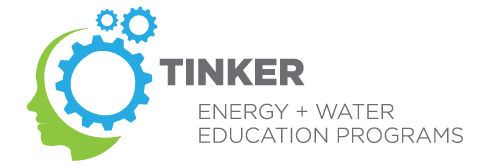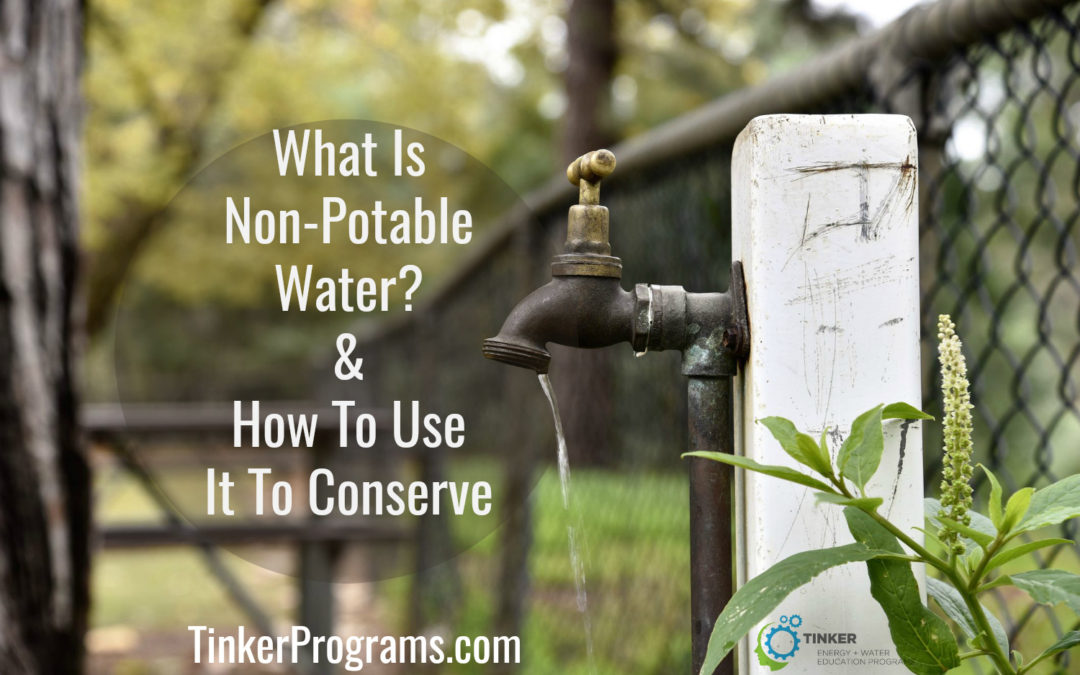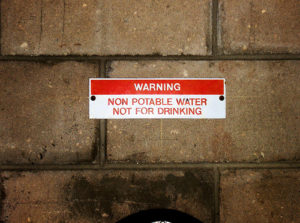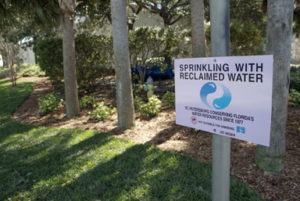We usually get our water for daily tasks and drinking from potable water mains. But, it’s easy to waste that potable water doing things as simple as flushing toilets or running a load of laundry. Did you know that you can use non-potable water (water not suitable for drinking) to complete a variety of these tasks?
Keep in mind that it’s important to reduce all of our water use, overall. You can start by lessening how much you use drinking water. By using non-potable water instead, you could cut your utility bills and save on our existing water supply. It’s important to know the types of non-potable water, and how you can use them effectively in your daily routine.
Types of Non-Potable Water
There are various sources in which non-potable water comes from. The biggest sources include:
- Water that has been recycled – It can either be treated or untreated.
- Rain/storm water – This can be collected in barrels or as runoff from roofs, etc.
- Greywater – This is typically collected from showers, laundry, etc. Again, it can either be treated or untreated.
No matter what type of non-potable water you use, the most important thing to note is that it needs to be handled, stored, and transported correctly. Once you’ve been able to collect enough non-potable water, you can start putting it to good use and stop wasting so much potable water. Let’s take a look at some of the easiest and most convenient ways you can use non-potable water.
How Can I Use It?
Until recently, most non-potable water was used for irrigation systems. On a small scale, that means something like collecting rainwater in a bucket outside and using it to water your garden. On a large scale, it means collecting enough water to fully and consistently irrigate corporate farms and land.
Engineers have recently developed systems that can treat non-potable water in such a way that it can become even more useful. Because of this, there is an increasing demand for non-potable water, especially for businesses and larger corporations who can benefit from using less potable water. Separate systems need to be installed in order for non-potable water to be readily available to everyone, but this reality may not be far off. As it becomes more popular to use, utilizing water that isn’t suitable for drinking may become a more popular practice.
You can use it for things like:
- Laundry
- Flushing toilets
- Cleaning
There are still many gray areas when it comes to how we can make the most of using non-potable water. As more people are recognizing how important it is to reuse, it’s likely to become more popular for businesses and home uses alike.
If you’re unsure about how to use non-potable water, a good place to start is to determine how it’s been treated. You can treat some forms of it with a home water-purification system or filtering system. Even then, you shouldn’t drink water that has ever been considered ‘non-potable.’ But, that doesn’t mean you can’t find a great way to reuse it and reduce the amount of drinking water you typically waste on a daily basis.



